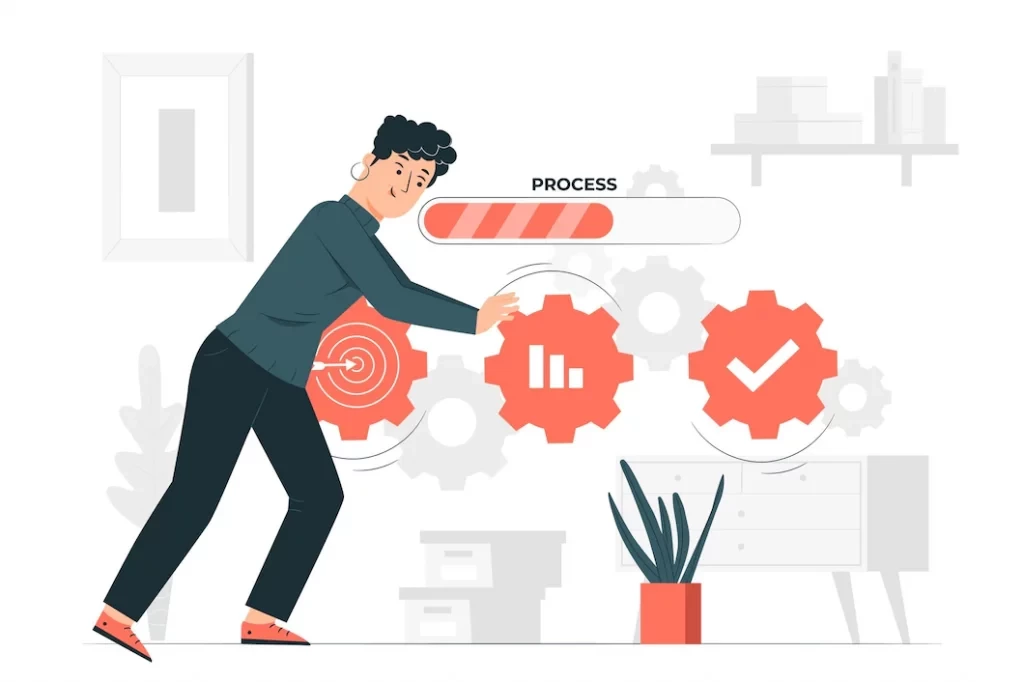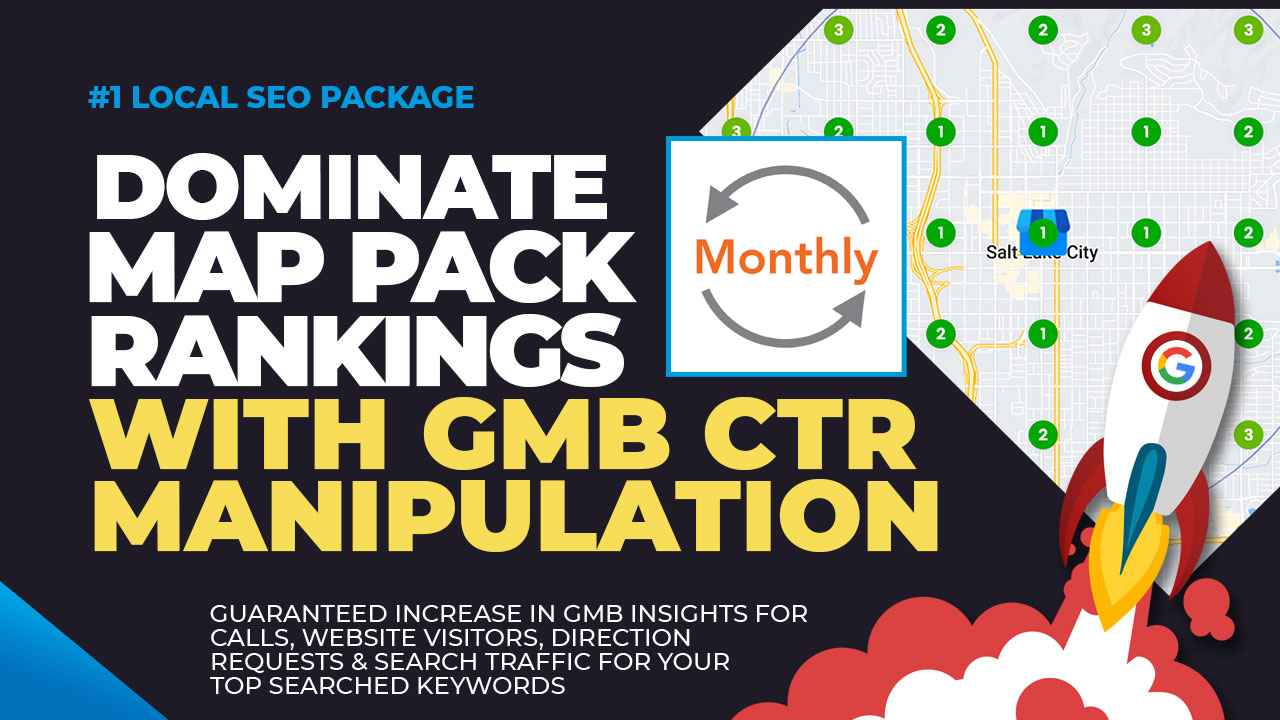Enhancing Organic Click-Through Fees With CTR Manipulation
The optimization of natural click-through rates (CTR) is a nuanced venture that rests on comprehending both customer psychology and effective material discussion. By leveraging strategic control strategies, such as powerfully crafted headlines and visually engaging components, marketing experts can considerably improve user interaction. The landscape is rife with false impressions and oversimplifications about what truly drives CTR. As we check out the details of these strategies, it becomes vital to determine the underlying concepts that can bring about continual success in recording target market attention. What truly distinguishes the efficient from the inefficient in this essential facet of electronic marketing?
Recognizing Click-Through Rates
Understanding click-through rates (CTR) is important for evaluating the effectiveness of internet marketing strategies. CTR gauges the percent of individuals who click on a details link or advertisement contrasted to the overall number of users that see it. A greater CTR suggests that the content is involving and pertinent to the target audience, while a lower CTR might indicate a need for optimization.
To determine CTR, divide the variety of clicks by the number of impacts and increase by 100. As an example, if an advertisement gets 300 clicks out of 10,000 perceptions, the CTR would be 3%. This metric is vital for assessing numerous elements of digital advertising, consisting of search engine optimization (SEARCH ENGINE OPTIMIZATION), email projects, and social media advertising and marketing.
Additionally, examining CTR assists marketing professionals identify which approaches produce the most effective results and which call for refinement. By concentrating on enhancing CTR, businesses can improve their content's exposure and efficiency, resulting in raised traffic and possible conversions. Understanding the subtleties of CTR is fundamental for any type of marketer aiming to maximize their on-line presence and take full advantage of return on investment (ROI)

The Psychology of User Actions
Individual habits is substantially affected by mental elements that dictate how people communicate with online content. Recognizing these variables is crucial for maximizing click-through rates (CTR) in natural search engine result. Cognitive predispositions, such as the anchoring impact, play an important role in shaping customers' understandings. When customers run into info, their preliminary impressions can greatly influence their subsequent judgments regarding importance and reputation.
Psychological reactions additionally substantially impact individual behavior. Material that reverberates emotionally can cause a feeling of urgency or curiosity, prompting users to click. In addition, social evidence-- such as user evaluations or rankings-- can enhance count on and urge engagement, as individuals often seek to the habits of others to educate their own choices.
Furthermore, the concept of deficiency can drive clicks - LinkDaddy CTR Manipulation. Limited-time offers or special web content develop a fear of losing out (FOMO), compelling users to act rapidly. Recognizing these emotional drivers allows marketing experts to create more compelling material that resonates with their target market
Reliable CTR Adjustment Strategies
Leveraging emotional insights can substantially enhance click-through prices (CTR) through targeted control techniques. One of the most reliable methods is the usage of engaging headlines that evoke inquisitiveness or urgency. Phrasing titles as concerns or integrating numbers can attract more interest, motivating individuals to click.
An additional technique involves maximizing meta descriptions to create a sense of significance and immediacy. By plainly describing the options or benefits given in the material, you can engage possible viewers and encourage them to click. In addition, utilizing power words-- such as "exclusive," discover this "verified," or "complimentary"-- can boost the allure of your material.
Aesthetic elements likewise play a crucial duty. Including attractive images or thumbnails can draw customers in and that site improve CTR. A/B testing different visuals can help identify which photos resonate ideal with your target market.
Last but not least, ensuring that your content promises deliverable worth causes greater CTR. They are much more likely to involve when users regard that clicking will give them with significant understandings or options. By employing these strategies attentively, marketers can properly control CTR to their benefit while preserving moral requirements.
Common Misconceptions About CTR
Numerous misconceptions border click-through rates (CTR) that can lead marketing experts to make misdirected choices. One common misconception is that a higher CTR always equates to much better performance. While a high CTR suggests that even more users are clicking, it does not assure conversions or sales. Inevitably, the effectiveness of website traffic depends on the top quality of the landing page and the significance of the web content.
One more common belief is that CTR is an isolated metric. Actually, CTR must be reviewed along with other efficiency indicators, such as bounce rate and conversion price, to gain an all natural sight of campaign success.
Furthermore, some online marketers assume that enhancing for CTR alone is enough. Nonetheless, focusing exclusively on CTR can bring about clickbait techniques that may bring in clicks but official source stop working to involve customers meaningfully. This technique can damage brand name online reputation and cause reduced retention rates
Finally, there is an idea that CTR techniques are globally reliable. The truth is that optimum CTR tactics can vary considerably throughout sectors and target market, necessitating customized approaches for various market sections. Understanding these misconceptions is crucial for creating reliable CTR techniques that line up with overarching advertising and marketing goals.
Measuring CTR Success
Although high click-through prices (CTR) can suggest successful involvement with web content, determining their true success needs an extensive evaluation of several factors. First, it is essential to understand the context in which the CTR is achieved. A high CTR on a misleading title may not equate to significant engagement or conversions, inevitably mirroring badly on the brand's reputation.
Second, examining the resource of web traffic is important. Organic website traffic from online search engine can symbolize a durable web content approach, while clicks from unnecessary resources may indicate an absence of targeting. In addition, gauging the succeeding user habits is essential; analyzing metrics such as bounce rate, time invested in page, and conversion rates can provide much deeper insights right into the top quality of the interaction initiated by the CTR.

Verdict

The optimization of natural click-through prices (CTR) is a nuanced endeavor that hinges on comprehending both customer psychology and efficient content discussion. CTR determines the percentage of individuals that click on a particular web link or promotion contrasted to the total number of customers that watch it. A greater CTR indicates that the content is engaging and appropriate to the target audience, while a reduced CTR might signify a requirement for optimization.
Focusing exclusively on CTR can lead to clickbait techniques that might draw in clicks but fall short to engage individuals meaningfully. In addition, gauging the subsequent customer behavior is crucial; analyzing metrics such as bounce rate, time invested on page, and conversion prices can give much deeper understandings into the high quality of the involvement initiated by the CTR.